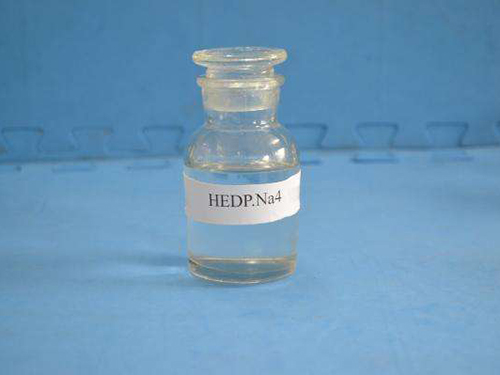amino tri methylene phosphonic acid
Amino Tri Methylene Phosphonic Acid An Overview
Amino tri methylene phosphonic acid (ATMP) is a phosphonic acid compound that has garnered significant attention in various fields, particularly in water treatment, metallurgy, and agriculture. This compound is appreciated for its chelating properties and its ability to inhibit scale formation and corrosion, making it an essential component in many industrial applications.
Chemical Structure and Properties
ATMP is a synthetic organic compound that features a unique structure made up of three methylene groups (-CH2-) linked to a phosphorus atom, which is also bonded to an amino group (-NH2) and three phosphonic acid groups (-PO3H2). This structure allows ATMP to function as a polyphosphate derivative, possessing the ability to form stable complexes with metal ions. The presence of amino groups enhances its reactivity and interaction with various substrates.
One of the most significant properties of ATMP is its strong affinity for metal ions, particularly calcium, magnesium, and iron. This chelation capability is pivotal in preventing scale formation in water systems, where hard water can lead to the deposition of mineral buildups that interfere with operational efficiency.
Applications in Water Treatment
In water treatment, ATMP is utilized primarily as a scale and corrosion inhibitor. Hardness ions, such as calcium and magnesium, can precipitate and form scale deposits, leading to the reduced efficiency of heat exchangers, boilers, and cooling systems. By inhibiting these reactions, ATMP helps maintain system efficiency and prolongs equipment lifespan.
The compound is often used in combination with other agents, enhancing its effects in complex formulations designed for specific water qualities. It is effective over a wide range of pH levels and temperatures, making it versatile in various industrial settings.
Role in Agriculture
ATMP's role extends beyond industrial applications into agriculture, where it is employed as a soil conditioner. Its ability to bind with metal ions means it can help improve nutrient availability in the soil, particularly for essential micronutrients that plants require for healthy growth. This chelation property makes it valuable in developing fertilizers designed to enhance nutrient uptake and reduce wastage.
amino tri methylene phosphonic acid

Moreover, by improving soil health and structure, ATMP can assist in water retention, thereby maximizing the efficiency of irrigation practices. This is particularly important in areas prone to drought, where effective water management is critical.
Metal Surface Treatment and Anti-Corrosion
In metallurgy, ATMP serves as an important anti-corrosive agent. Metal surfaces treated with ATMP exhibit improved resistance to corrosion, extending the lifetime of valuable machinery and equipment. This is especially relevant in industries such as oil and gas, where machinery is subject to harsh conditions.
ATMP works by forming a protective film on metal surfaces, significantly reducing the rate of oxidation and degradation. Its incorporation into various coating systems has been shown to enhance the protective properties of paints and other protective materials.
Environmental Considerations
As with any chemical, there are environmental considerations to keep in mind. The use of ATMP must be managed carefully to avoid potential adverse effects on ecosystems. Studies are ongoing to assess the long-term implications of ATMP in natural waters and soil systems, particularly regarding its degradation products and behavior in diverse environmental conditions.
Regulatory frameworks are being developed to guide the safe usage and disposal of phosphonic acid derivatives like ATMP, ensuring that their use does not adversely affect water quality and biodiversity.
Conclusion
Amino tri methylene phosphonic acid is a multifunctional compound with diverse applications in water treatment, agriculture, and metallurgy. Its effectiveness as a scale inhibitor, anti-corrosive agent, and nutrient enhancer underscores its importance across various industries. With ongoing research and development, ATMP is poised to play an even more critical role in improving efficiency, sustainability, and environmental stewardship in the future. As we continue to explore the capabilities of this compound, it will be essential to balance its benefits with careful consideration of environmental impacts.
-
Water Treatment with Flocculant Water TreatmentNewsJun.12,2025
-
Polymaleic AnhydrideNewsJun.12,2025
-
Polyaspartic AcidNewsJun.12,2025
-
Enhance Industrial Processes with IsothiazolinonesNewsJun.12,2025
-
Enhance Industrial Processes with PBTCA SolutionsNewsJun.12,2025
-
Dodecyldimethylbenzylammonium Chloride SolutionsNewsJun.12,2025





